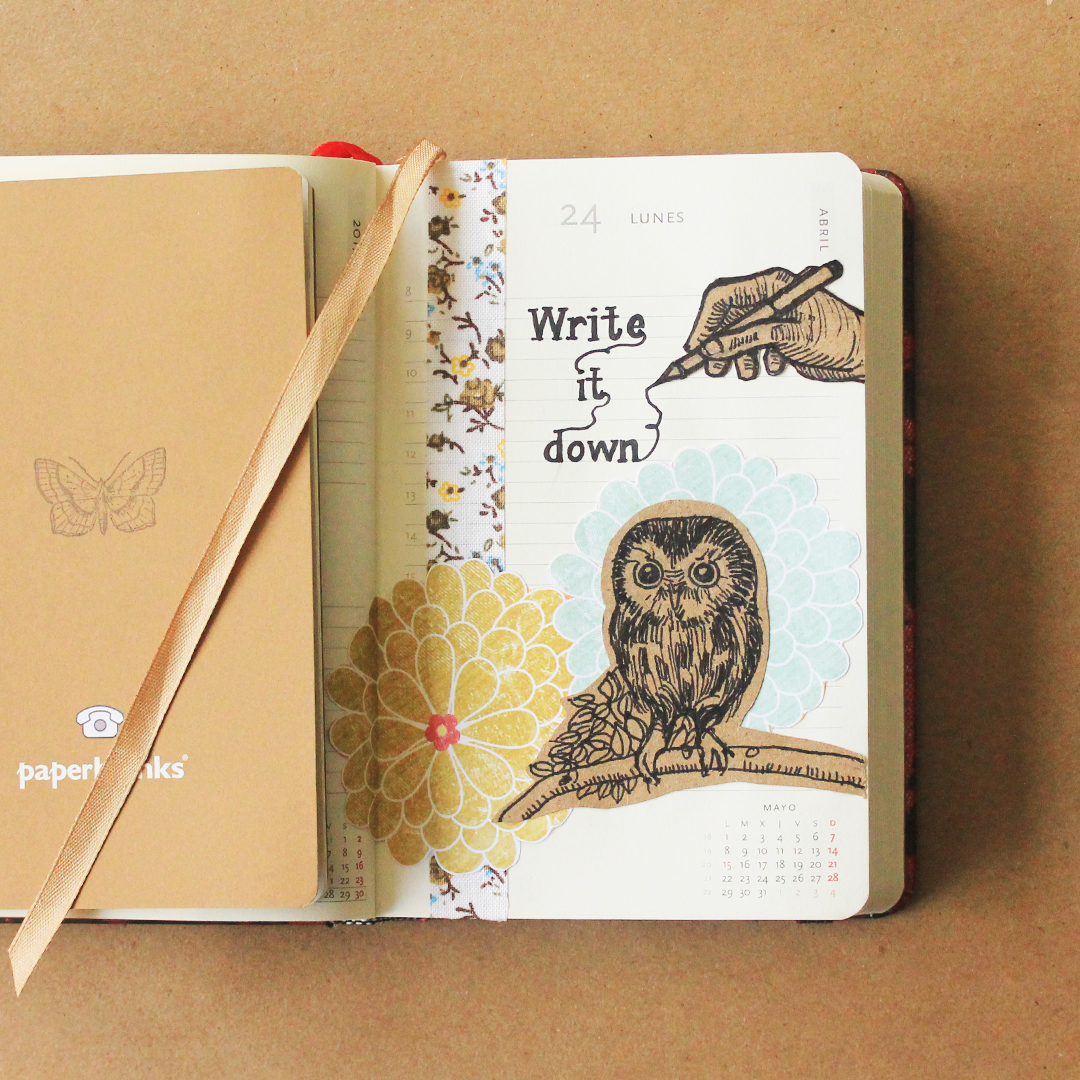There are many ways of keeping organised – from a hastily jotted sticky note to a highly trained personal assistant. But somewhere in between those two extremes lies a tried and true method: to-do lists. To-do lists have been around for centuries, and for good reason. They are easy, intuitive methods of keeping on task so you can get things done. If it worked for Thomas Edison, it can work for you!
That said, not all to-do lists are created equal. Some people prefer a simple bullet point task list while others dive right into bullet journalling. But at the heart of every list style lies some key benefits. So while we can’t tell you exactly what method of list-keeping is going to work best for you, we strongly suggest you keep at it until you find the right one. Because without lists, you’d be missing out on:
- Prioritising. A to-do list isn’t just a rundown of everything you want to get done – that’s only step one. The real benefit is when you see everything you want to do and can isolate what you need to complete.
- Surprisingly, flexibility! While writing a list holds you accountable to a certain agenda, it also prepares you for when something unexpected comes up. If a task is completed more quickly than imagined or a meeting gets cancelled, you already know what to work on next. Likewise, if something runs long, you can move a lesser-priority task to the next day.
- Focussing your mind. Once you’ve written a task on your to-do list, it can’t be forgotten. That clears up your mind to focus on the specific issue at hand, and you can come back to what you’ve written down later.
- Better memory. Writing down those tasks mentioned in the previous point is sort of like a back-up plan. Once you’ve written something down, studies show you are more likely to remember it. The physical act of writing compels you think about something, which basically tells your brain, “Hey, this is worth remembering because I’m putting effort into it.”
- Moving forward. The Zeigarnik effect states that people remember an uncompleted task better than a completed one. While this doesn’t sound like a bad thing, focussing on unfulfilled goals can distract you from what you’re currently trying to achieve. By using a to-do list you can physically cross items off the list, thereby completing them and letting yourself move on. Or if you do need to take a break before finishing something, you can move it to later in the priority list which is still better than leaving it open.
- Feeling accomplished. If nothing else, crossing an item off a list just feels good. In fact, we’ve been known to add surprise tasks or meetings to a list just to cross them off – they’ve already been completed but we want to see them crossed off. There’s just something about seeing all you have accomplished that gives you the confidence to dive into what comes next.
- Strategic scheduling. Writing out all your tasks can help you see which ones can be grouped together. If you ever feel like you’re jumping all over the place throughout your day, grouping similar jobs can help your day run far more smoothly.
About Paperblanks: 25 years ago, we created Paperblanks to help keep book heritage alive and vital in our modern age, and to offer an inspiring space for people to express themselves. Thanks for joining us on this journey! For more about Paperblanks, go to our website at paperblanks.com.







